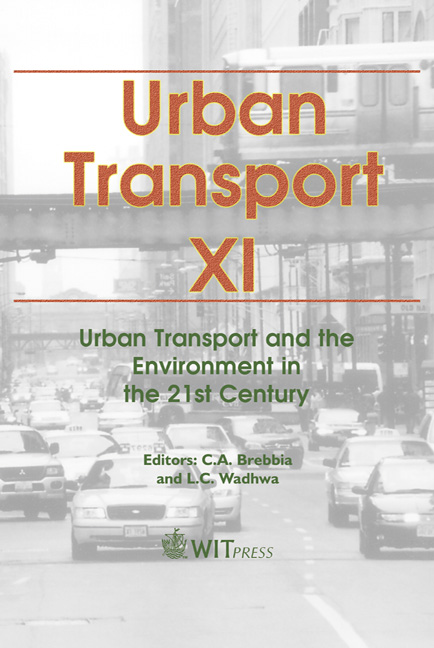The Evaluation Of Traffic Microsimulation Modelling
Price
Free (open access)
Transaction
Volume
77
Pages
10
Published
2005
Size
771 kb
Paper DOI
10.2495/UT050741
Copyright
WIT Press
Author(s)
D. O’Cinnéide & B. O’Mahony
Abstract
In recent years, traffic simulation software which models each vehicle on the network separately has been developed. These models are becoming more accessible due to the increases in computing power. However, the acceptance of microsimulation by traffic modellers has been far from enthusiastic. While modellers agree that conventional macroscopic software cannot represent dynamic phenomenon or many ITS applications, they are sceptical regarding the accuracy of microsimulation in modelling even conventional traffic systems. One reason is that there has been surprisingly little independent, objective evaluation of microsimulation models. In this paper, microsimulation modelling is evaluated based on indicators for accuracy, calibration requirements and model construction time by using the Paramics program to model various small traffic networks, including the Leeds Network developed by the European Union Smartest Project which has previously been used to evaluate other microscopic models from different European countries. A number of microscopic/macroscopic comparisons are also undertaken using the Transyt and Arcady programs. The main conclusions are that microsimulation is at least as accurate as macroscopic modelling and the only logical method of modelling dynamic effects on a traffic network. Microsimulation was found to require additional model construction time and input data for calibration. The importance of providing a list of assumptions used and changes to default parameters made with every traffic model is highlighted as is the importance of using multiple model outputs to aid model calibration and validation. Keywords: microsimulation, Paramics, evaluation, traffic modelling.
Keywords
microsimulation, Paramics, evaluation, traffic modelling.





